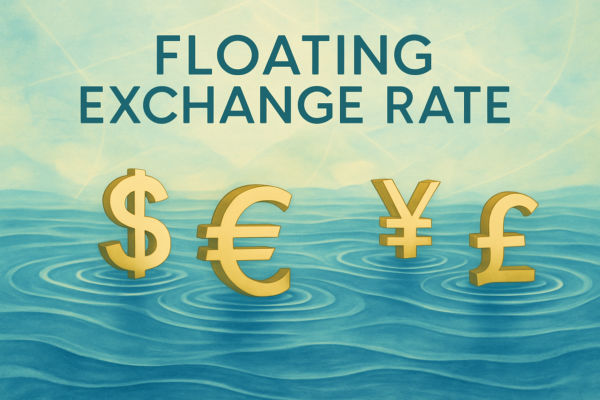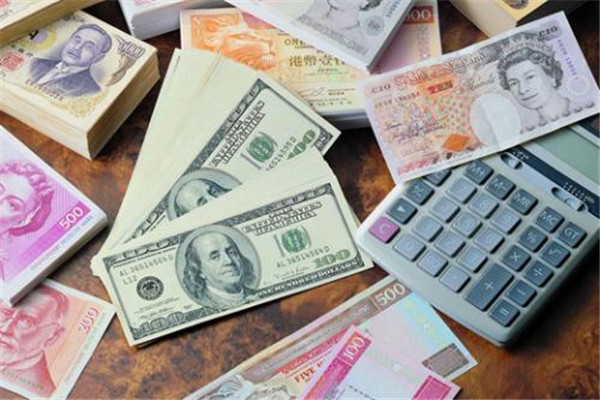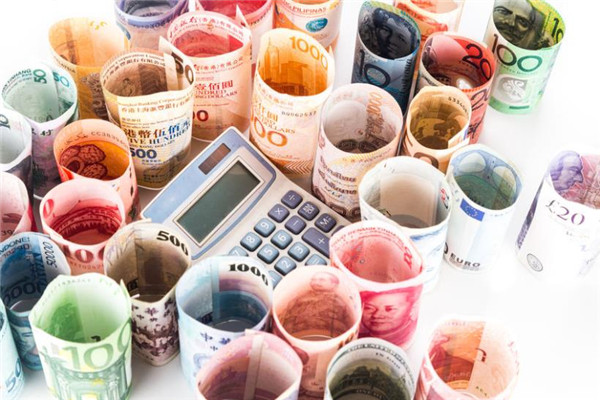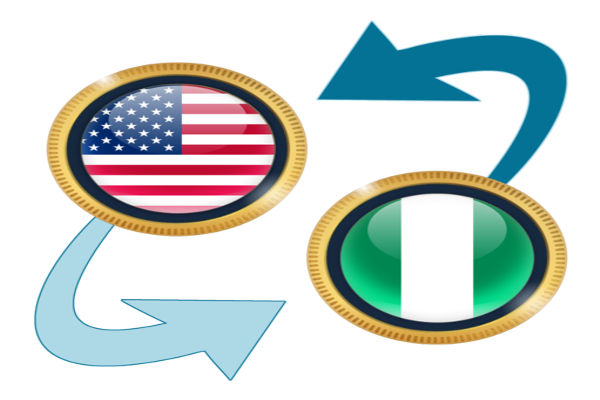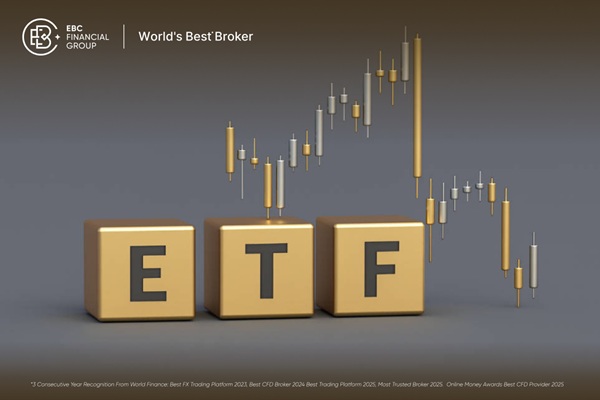게시일: 2023-07-13
수정일: 2025-04-09
변동환율제도는 한 국가 또는 지역이 채택하는 통화 환율 관리 방식으로, 환율이 시장의 수요와 공급 및 외환시장의 힘에 따라 다른 통화 대비 자유롭게 변동하는 것을 허용합니다.
고정환율제도와 비교할 때, 변동환율제도에서는 시장의 수요와 공급 변화에 따라 환율이 변동하며, 이는 서로 다른 경제 요소와 정책적 영향을 반영합니다.
변동환율에 대한 용어를 이해하고, 장단점을 분석하는 것은 투자자들에게 실질적인 도움을 줄 수 있습니다.

변동환율은 정부가 환율의 변동 범위를 설정하지 않고, 외환시장의 수급 상황에 따라 환율이 자유롭게 움직이도록 허용하는 것으 말합니다.
제1차 세계대전 이후 세계 주요국들은 금본위제를 탈피하고 단기 변동환율제를 도입하기 시작했으며, 1973년 브레턴우즈 체제 붕괴 이후 대부분의 국가는 일반적으로 변동환율제를 시행하게 되었습니다.
변동환율제는 크게 자유변동(free floating)과 관리변동(managed floating)으로 나뉩니다.
1. 자유변동제: 정부가 외환시장에 어떠한 개입도 하지 않고, 전적으로 시장의 수급에 따라 환율이 결정되는 방식입니다.
2. 관리변동제: 환율의 과도한 변동을 방지하고 일정 수준의 안정을 유지하기 위해 정부가 특정 상황에서 시장에 개이바는 방식입니다.
현재 대부분의 국가는 이러한 관리변동환율제도를 채택하고 있습니다.
변동환율은 그 변동 방식에 따라 단일변동, 공동변동, 페그제 시행의 세 가지로 구분할 수 있습니다.
1. 단일변동(Single Float):
자국 통화가 어떤 외화에도 고정된 가격 관계를 유지하지 않고, 외환시장의 수요와 공급에 따라 독자적으로 변동하는 제도입니다.
미국 달러, 일본 엔 등의 주요 통화가 이에 해당합니다.
2. 공동변동(Joint Float):
특정 국가 그룹 내에서 고정환율을 채택하고 환율 변동의 상·하한선을 설정하며, 각국 통화당국은 그룹 내 통화에 대해 고정 환율을 유지할 의무를 집니다.
유럽경제공동체(EEC) 회원국들이 이러한 방식을 채택하고 있습니다.
3. 페그제(Pegged Policy)
특정 주요 통화, 특별인출권(SDR), 유럽통화단위(ECU) 등에 자국 통화를 연동(고정)시키고, 이에 따라 다른 통화가 주요 통화의 변동에 연동되도록 하는 제도입니다.
현재 많은 개발도상국들이 이 제도를 채택하고 있으며, 일부는 다양한 지표를 기반으로 조정되는 환율 체제를 운용하고 있습니다.
변동환율제도의 장점
1. 시장 반응 속도
시장 수급의 변화를 즉각 반영하여 국제 시장의 실제 상황을 더 정확하게 반영할 수 있습니다. 이는 인위적 개입을 주이고, 환율의 상대적 안정을 유지하는 데 도움이 됩니다.
2. 자동 조정 메커니즘
국내 경제가 위기에 직면할 경우, 환율 변화를 통해 인플레이션 억제 또는 수출 경쟁력 확보 등의 자동 조정 기능을 수행합니다.
3. 정책 독립성
정부가 환율 방어에 구애받지 않고 독립적인 통화 정책을 운영할 수 있습니다.
4. 외환보유고 소모 억제
고정환율제와 달리, 외환보유고를 환율 방어에 지속적으로 사용할 필요가 없어 자원 절감 효과가 있습니다.
변동환율제도의 단점
1. 불안정성
단기간 내 큰 폭의 환율 변동이 발생할 수 있어, 시장 불확실성을 초래하고 기업 및 투자자의 계획 수립을 어렵게 할 수 있습니다.
2. 외환 리스크 확대
환율 변동이 국제 무역 및 해외 투자 기업에 불리하게 작용할 수 있습니다.
예를 들어 수출 경쟁력 약화 또는 수입 비용 증가 등이 발생할 수 있습니다.
3. 투기 가능성
투기성 거래가 증가하면 시장이 과도하게 출렁이고, 경제 전반의 안정성에 부정적인 영향을 미칠 수 있습니다.
4. 고정비용 증가
시장 모니터링과 환율 관리 개입 등으로 인해 정부 차원의 정책 비용과 자원 투입이 증가할 수 있습니다.
5. 장기 안정성 부족
환율이 장기적으로 불안정할 경우 , 기업의 중장기 전략 수립 및 국제 투자 결정에 부정적 영향을 줄 수 있습니다.
국제경제에 미치는 영향
1. 국제무역
시장 수급을 반영한 환율은 보다 공정하고 합리적인 환율 구졸츨 형성하게 하며, 국제 거래 파트너 간의 무역 활동을 촉진합니다.
2. 국가 경쟁력 조정
자국 통화 가치가 시장에 따라 조정되면서 산업 경쟁력 확보 또느 구조조정에 유연하게 대응할 수 있습니다.
3. 외국인 투자
환율 변동은 외국인 투자자에게 위험요소로 작용하지만, 동시에 변동성을 이용한 수익 기회도 제공합니다.
4. 외환시장 안정성
자유로운 거래는 시장 유연성을 높이지만, 단기 투기성 거래의 개입 가능성도 증가시키는 양면성이 있습니다.
5. 물가 안정과 인플레이션 대응
변동환율제는 인플레이션에 효과적으로 대응할 수 있는 수단이 되기도 합니다.
환율 변동은 자국 통화 강세 또는 약세를 통해 물가 조정에 간접적 영향을 미칩니다.
위의 설명과 분석을 통해 알 수 있듯, 변동환율제도 하에서는 시장 수요와 공급이 환율 변화를 결정하며, 이는 외환시장 내 거래와 투자자의 자금 수요, 위험 회피 성향에 따라 환율이 움직이게 됩니다.
경제 성장이 강하고 자본 유입이 활발한 국가는 통화 가치 상승을 경험할 가능성이 높으며, 반대로 경제적 어려움과 자본 유출이 심화될 경우 통화 가치가 하락할 수 있습니다.
